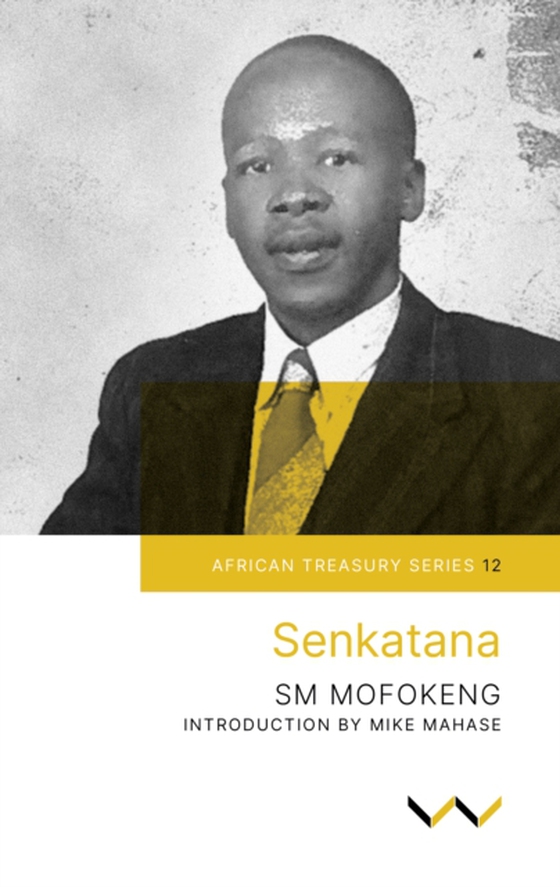
Senkatana e-bog
Senkatana, a Sesotho play first published in 1952 in the Bantu (later, African) Treasury Series by the University of the Witwatersrand Press, contextualises an old Basotho legend, passed down for many centuries by word of mouth. Mofokeng may have heard it from his grandmother, as storytelling was the task of grandmothers. The play was written during the time of apartheid, a challenging era in the history of South Africa when people were divided by race and forced to live separately from one another.
The legend of Senkatana concerns a monster called Kgodumodumo which swallowed all the people and animals that lived, except for one pregnant woman who gave birth to a baby boy and named him Senkatana. When the boy became a young man, he killed Kgodumodumo and saved all the people and animals. The people were very grateful and made him their king, but not too long afterwards they killed him, at the instigation of a member of their society whose wife wanted to settle a family score.
Mofokeng tells the story in dramatic form, allowing the perspectives of the opposing characters to be voiced through a range of subsidiary characters: the protagonist, Senkatana, is supported by three other characters, and Bulane, the antagonist, is urged on by his wife, Mmadiepetsane, supported by others, to kill the king.
This drama, apart from telling a story, also portrays something about the life of Mofokeng, a committed Christian who believed that those who fight against justice are eventually defeated by it.
 Dansk
Dansk

